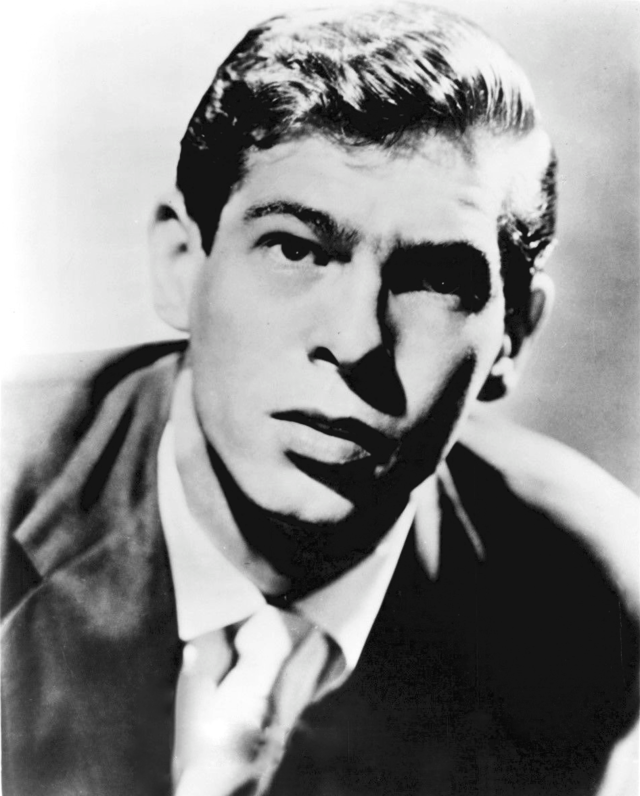
The Influence of Rhythm and Blues on Rock and Roll 3
Other historians point to a White singer named Johnnie Ray, who broke through the divide between rhythm and blues and "pop" music, reaching the top of both charts with a song called "Cry" , which Columbia Records released on its Black-oriented subsidiary, Okeh. Ray's voice was desperately passionate, and he quickly became famous for his over-the-top stage antics, which presaged the performance style of Elvis Presley, among many others.
Ray's success opened the way for more White singers to adopt what had been considered Black styles and material, and by 1955 it was standard for the top rhythm and blues hits to be covered by White pop singers, such as "Sh-Boom", which opened the floodgates in 1954. The biggest hits of 1955 included the Moonglows' "Sincerely" , covered by the McGuire Sisters, Fats Domino's "Ain't It a Shame" , covered by Pat Boone, and LaVern Baker's "Tweedle-Dee," covered by Georgia Gibbs. Since the dawn of the recording industry, audiences expected multiple artists to record a given hit. However, many of these new covers were not just alternate performances but specifically copies by White artists of hit R & B records, featuring the same song and virtually identical arrangements. (In the case of "Tweedle-Dee," Gibbs's producers even used the same backup singers who had appeared on Baker's original.)
Rock and roll continued its evolution from rhythm and blues as Black artists themselves adapted their styles to (White) teenage tastes. In 1955 Chuck Berry and Bo Diddley made their first records, Little Richard made his first significant recordings, and Fats Domino broke through to a White and teenaged audience. Collectively these musicians represented the merging of a new style of rhythm and blues: Black rock and roll. (Fats Domino's music is essentially unadorned pre-rock New Orleans rhythm and blues, although people commonly classify him as a rock and roll artist thanks to his popularity among White audiences in the second half of the 1950s.) For example, here is Fats Domino performing his famous 1955 hit "Ain't That a Shame":

Fats Domino - Ain't That A Shame - 1955 - (subtitulada) [ 00:00-00:00 ]
Chuck Berry, Bo Diddley, and Little Richard created a style of rhythm and blues that, although deeply rooted in the tradition, was different enough to deserve the new moniker. The salient fresh ingredients were faster tempos, teenage-oriented lyrics, and a unique rhythmic groove that oscillated between the triplet-based shuffle groove of earlier rhythm and blues and a more evenly divided straight eighth groove. This new approach to rhythm can be heard on records such as Chuck Berry's 1958 hit "Johnny B. Goode," seen here in Little Richard's 1955 hit Tutti Frutti" , and is the driving rhythm in Bo Didley's song of the same name as seen and heard in this 1955 appearance on the Ed Sullivan Show.

Bo Diddley "Bo Diddley" on The Ed Sullivan Show [ 00:00-00:00 ]

Little Richard - Tutti Frutti (1956) [ 00:00-00:00 ]
Sh-Boom
Oh, life could be a dream
(Sh-boom)
If I could take you up in paradise up above
(Sh-boom)
If you would tell me I'm the only one that you love
Life could be a dream, sweetheart
Sweet Lorraine
Just found joy
I'm as happy as a baby boy,
baby boy
With another brand new
choo-choo choy
When I met my sweet Lorraine, Lorraine, Lorraine






